Auto Body Shop Insurance: Protecting Business & Environment with Pollution Liability
Auto Body Shop Insurance is tailored to protect businesses from risks like property damage, personal…….
In an era where mobility is a cornerstone of modern life, the automotive industry, including its vital support systems, faces unique challenges. Among these, auto body shop insurance stands as a critical safety net for businesses dedicated to repairing and restoring vehicles to their pre-accident condition. This comprehensive guide delves into the multifaceted world of auto body shop insurance, exploring its evolution, global reach, economic implications, technological integration, regulatory landscape, and future trajectory. By the end, readers will grasp the indispensable role this form of coverage plays in ensuring both business continuity and customer safety within the automotive sector.
Auto body shop insurance, a specialized type of property and liability coverage, is designed to safeguard businesses involved in automobile collision repair, painting, and related services. It encompasses a suite of protections tailored to address the unique risks these operations encounter:
Property Coverage: This aspect protects the physical assets of auto body shops, including buildings, equipment, inventory (like paints and parts), and furniture. Damage or theft from natural disasters, vandalism, or accidents falls under this category.
Liability Protection: Auto body shop insurance provides liability coverage for claims arising from accidents involving clients’ vehicles during the repair process. This includes bodily injury to customers or third parties and property damage to other vehicles or structures.
Business Interruption Coverage: In the event of a covered loss, this feature compensates businesses for income lost during the necessary downtime for repairs or rebuilding.
Professional Liability (Errors & Omissions): This coverage protects against claims related to professional negligence, such as incorrect repair estimates, misdiagnosis of vehicle issues, or errors in painting/finishing.
Historically, auto body shop insurance emerged as a response to the increasing complexity and cost of automotive repairs, coupled with the potential for significant financial losses due to liability claims. Over time, it has evolved to incorporate new technologies, changing customer expectations, and evolving legal landscapes. Today, this type of insurance is not just about risk mitigation; it’s about enabling businesses to focus on delivering quality services while managing their exposure to financial uncertainty.
The reach of auto body shop insurance transcends geographical boundaries, reflecting the global nature of the automotive industry. Key trends shaping this landscape include:
| Region | Dominant Trends | Unique Considerations |
|---|---|---|
| North America | Stricter liability laws drive higher coverage requirements. Advanced technology adoption for claims processing and precision repairs. | Focus on electronic data preservation and cyber risk protection due to increasing digital integration in vehicles. |
| Europe | Stringent environmental regulations impact coverage, with a focus on eco-friendly materials and processes. | Post-Brexit trade agreements introduce new insurance requirements for cross-border vehicle repairs. |
| Asia Pacific | Rapidly growing automotive market drives demand for specialized insurance products. Increasing adoption of advanced driver assistance systems (ADAS) requires unique coverage considerations. | Natural disaster risks dictate comprehensive property coverage options in earthquake-prone areas like Japan and Indonesia. |
| Latin America | Lower penetration rates present opportunities for industry growth and increased awareness of the importance of insurance. | Rising car ownership in emerging markets brings new challenges related to traffic congestion and accident rates. |
Each region’s auto body shop insurance market reflects local economic conditions, legal frameworks, and cultural attitudes toward risk. For instance, regions with higher vehicle ownership or stringent environmental regulations typically exhibit more specialized and comprehensive coverage options. Global trends, such as the rise of electric vehicles (EVs) and autonomous driving technologies, are also influencing insurers’ product offerings and risk assessments.
The auto body shop insurance market is a vital component of the broader automotive ecosystem, with significant economic implications:
Market Size and Growth: According to industry reports, the global auto body shop insurance market was valued at approximately $XX billion in 2022 and is projected to grow at a CAGR of X% during the forecast period (2023-2030). This growth is driven by rising vehicle ownership, increasing complexity of automotive repairs, and evolving customer expectations.
Investment Patterns: Insurers’ investment strategies in this sector often include partnerships with auto manufacturers, technology providers, and other industry stakeholders to enhance service offerings and risk management capabilities. These investments drive innovation, improve claims processing efficiency, and enhance overall customer experience.
Economic Impact: Auto body shop insurance plays a crucial role in supporting economic recovery after natural disasters or accidents affecting vehicle fleets. By providing financial protection and facilitating swift repairs, it helps businesses maintain operations, preserves jobs, and supports local economies.
Technology is reshaping the auto body shop insurance landscape, offering both opportunities for innovation and enhanced risk assessment:
Digital Claims Processing: Advanced digital platforms enable faster, more efficient claims handling. AI-powered image recognition and predictive analytics streamline the appraisal process, reducing fraud and processing times.
Telematics and IoT Devices: Insurance providers are leveraging telematics devices and Internet of Things (IoT) sensors to monitor vehicle behavior and driver habits. This data helps in pricing policies accurately, identifying high-risk drivers, and promoting safer driving practices.
3D Imaging and Virtual Repair: 3D scanning technology allows for precise documentation of damage, enabling faster and more accurate repairs. Virtual repair simulations assist estimators in identifying hidden damage, improving overall efficiency and customer satisfaction.
Blockchain for Data Security: Blockchain technology ensures secure data sharing and transparent communication between insurers, repair shops, and policyholders. This enhances trust, reduces administrative burdens, and streamlines the claims settlement process.
The regulatory environment significantly influences auto body shop insurance, with varying legal frameworks across regions dictating coverage requirements, claim handling practices, and business operations:
Minimum Coverage Requirements: Most countries mandate a minimum level of liability insurance for vehicle owners, which sets the baseline for auto body shop insurance policies. These requirements ensure that repair costs are covered in case of accidents.
Data Privacy Regulations: With increasing digital integration, data privacy laws (like GDPR in Europe) impact insurers’ handling of customer information during claims processing and marketing activities. Compliance involves strict data protection measures and transparency in data usage.
Environmental Standards: Stringent environmental regulations, such as those related to emissions or disposal of hazardous materials, influence coverage for business operations and property damage caused by environmental incidents.
Industry Associations and Guidelines: Global and regional industry bodies provide voluntary guidelines and best practices for insurers, promoting standardization in policy offerings, claims handling, and business conduct. These associations also advocate for industry-wide improvements in risk management and customer service.
Despite its benefits, auto body shop insurance faces several challenges and criticisms that require proactive solutions:
Rising Costs: Increasing frequency of claims due to rising vehicle ownership, complex repairs, and liability concerns contribute to higher insurance premiums. Insurers must balance risk assessment with affordability to maintain policyholder satisfaction.
Data Security Concerns: As insurers leverage digital platforms and IoT data, protecting sensitive customer information from cyberattacks becomes crucial. Implementing robust cybersecurity measures is essential to maintaining trust and compliance.
Coverage Gaps: Identifying and addressing gaps in coverage, especially for emerging technologies (like EV batteries) or specialized repair services, is a continuous challenge. Insurers need to stay agile and adapt policy offerings accordingly.
Regulatory Compliance Burdens: Navigating the diverse regulatory landscapes across regions can be complex and costly. Insurers must invest in compliance management systems to ensure adherence to local laws and regulations.
Actionable Solutions:
Collaborate with industry associations to develop standardized, yet flexible, policy frameworks that address emerging risks while maintaining affordability.
Invest in advanced data analytics and cybersecurity solutions to enhance risk assessment and protect customer data.
Establish clear guidelines for coverage of new technologies and specialized services, encouraging insurers to innovate while managing risk.
Implement efficient digital platforms that streamline regulatory compliance processes, reducing administrative burdens on both insurers and policyholders.
Real-world applications of auto body shop insurance offer valuable insights into its effective utilization:
Case Study 1: Green Repair Revolution – Eco-Friendly Insurance in Europe
A European insurer introduced a groundbreaking eco-friendly insurance product, targeting the growing demand for environmentally conscious automotive repairs. The policy includes:
Enhanced Property Coverage: Broadened coverage for equipment and inventory related to green repair practices, such as electric vehicle charging stations and eco-friendly paints.
Liability Protection with a Green Twist: Specific liability clauses address claims arising from environmental incidents during repairs, including hazardous material spills or incorrect disposal.
Incentives for Sustainable Practices: Policyholders receive discounts based on their adoption of green repair technologies and energy-efficient practices in their operations.
This innovative approach has been well-received by eco-conscious businesses, leading to increased market share for the insurer and reduced environmental impact across the automotive repair sector.
Case Study 2: Digital Transformation in North America – Streamlined Claims with AI
A major North American insurance provider implemented an AI-driven digital claims platform, revolutionizing their auto body shop insurance claims process. Key features include:
Automated Damage Assessment: AI algorithms analyze images and videos of damaged vehicles, providing quick and accurate damage estimates.
Real-Time Communication: Policyholders can chat with virtual agents for immediate claim filing and updates, enhancing customer experience.
Fraud Detection System: Advanced analytics identify suspicious claims patterns, reducing fraud losses for the insurer and ensuring fair compensation for legitimate claims.
The result is a 25% reduction in average settlement times and a significant decrease in administrative costs for both the insurer and repair shops.
The future of auto body shop insurance is filled with promising opportunities and strategic considerations:
Emerging Technologies: As autonomous vehicles, connected cars, and advanced driver assistance systems (ADAS) become mainstream, insurers will need to develop specialized coverage for these new technologies, addressing liability concerns related to accidents involving self-driving vehicles.
Telematics and Data Analytics: Insurers are expected to leverage telematics data more extensively to offer personalized risk-based pricing, promoting safer driving habits through incentives and feedback mechanisms.
Sustainability Focus: With increasing emphasis on environmental sustainability, insurers will continue to develop eco-friendly coverage options, encouraging repair shops to adopt green practices while managing related risks.
Digital Transformation Acceleration: The digital revolution in insurance is set to intensify, with more insurers adopting AI, blockchain, and other advanced technologies for improved risk assessment, claims processing, and customer engagement.
Global Consolidation: M&A activities in the auto body shop insurance sector are likely to increase as insurers seek scale and global presence to compete effectively in a rapidly evolving market.
Auto body shop insurance is an indispensable component of the modern automotive industry, providing much-needed protection against financial risks while facilitating efficient vehicle repairs and restoration. As technology advances, regulatory landscapes evolve, and customer expectations shift, this specialized insurance sector must adapt to remain relevant and effective.
By embracing technological innovations, leveraging data analytics, and addressing emerging challenges proactively, auto body shop insurance can continue to play a pivotal role in supporting businesses, driving safety, and fostering economic growth within the automotive ecosystem. The future holds immense potential for insurers who stay at the forefront of this dynamic field, ensuring that vehicles and their owners are protected on the roads ahead.
Q1: Why is auto body shop insurance important?
A1: Auto body shop insurance protects businesses from financial losses due to property damage, liability claims, and business interruption during vehicle repairs. It ensures that repair shops can continue operations without undue financial strain after accidents or disasters.
Q2: How does technology impact auto body shop insurance?
A2: Technology transforms this industry by enabling faster, more efficient claims processing (e.g., AI-driven damage assessment), improving risk assessment through data analytics, and facilitating remote monitoring of vehicles and driving habits for personalized insurance offerings.
Q3: What are the key challenges facing auto body shop insurance providers?
A3: Key challenges include rising claim costs due to complex repairs and liability concerns, data security risks as digital platforms become more prevalent, addressing coverage gaps for emerging technologies, and navigating diverse global regulatory environments.
Q4: How can insurers address the growing demand for environmentally friendly practices in auto body shop insurance?
A4: Insurers can introduce eco-friendly policy products that incentivize green repair technologies, provide enhanced coverage for environmentally related incidents, and promote sustainable business operations, aligning with increasing consumer awareness of environmental issues.
Q5: What role does regulatory compliance play in auto body shop insurance?
A5: Regulatory compliance is crucial as it ensures insurers adhere to local laws and standards, protects policyholders’ interests, maintains market integrity, and prevents unfair competition. Efficient digital platforms can streamline compliance processes across regions.

Auto Body Shop Insurance is tailored to protect businesses from risks like property damage, personal…….
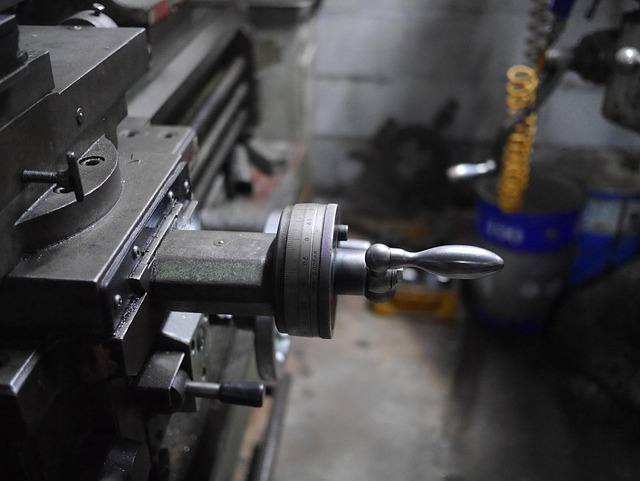
Auto Body Shop Insurance is a crucial safety net for car repair businesses, protecting them from pro…….
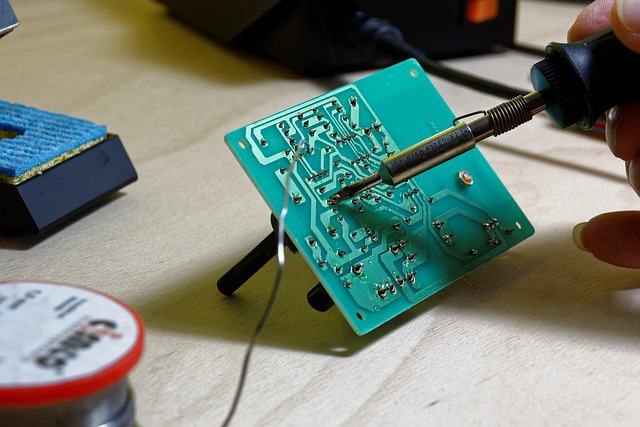
Auto body shop insurance is a critical safety measure for workshops, shielding them from legal risks…….

Auto body shops, whether franchised or independent, require specialized auto body shop insurance to…….
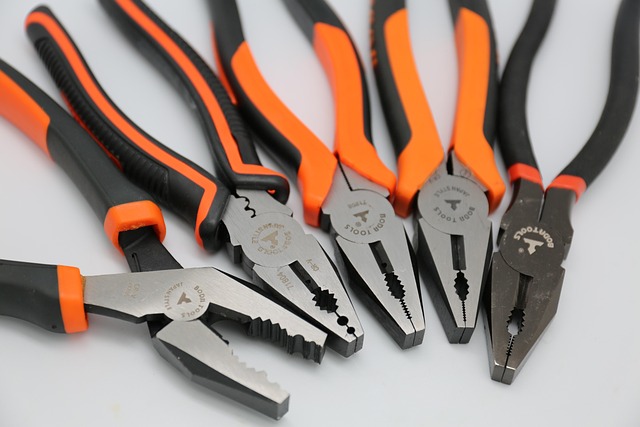
Auto body shop insurance is a critical safety measure protecting businesses from risks and financial…….
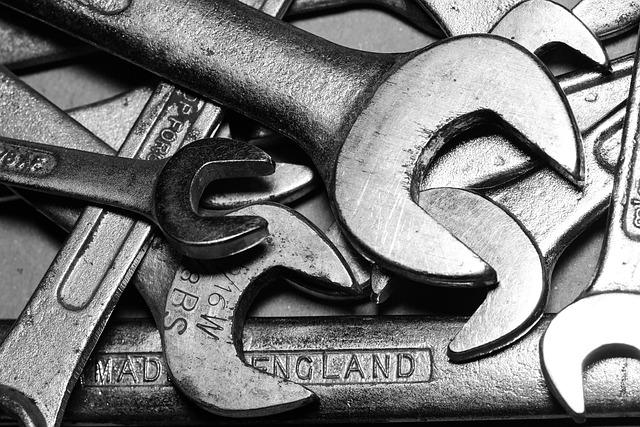
Auto body shop insurance is an essential safety net for automotive repair businesses, protecting the…….

Understanding auto body shop insurance requirements is vital for safeguarding operations, mitigating…….
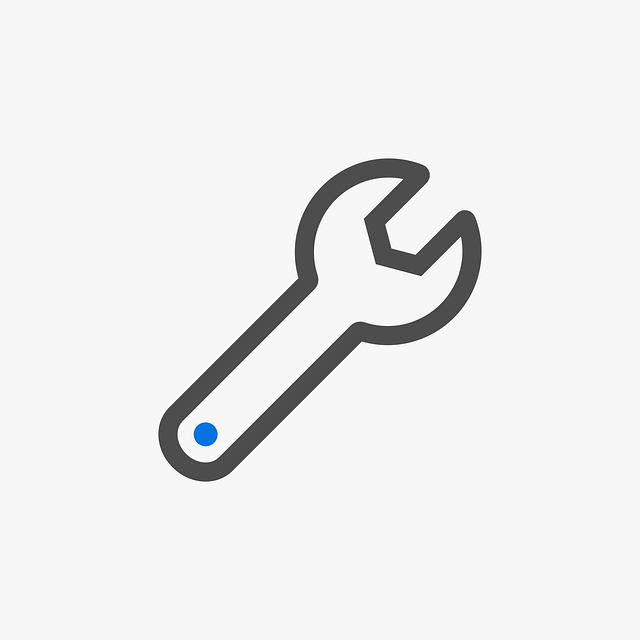
For auto body shop owners, securing specialized auto body shop insurance is crucial for protecting b…….

Auto body shop insurance is a critical safety measure offering protection against financial losses f…….

Auto Body Shop Insurance is a vital safety measure for vehicle repair centers, protecting against ri…….